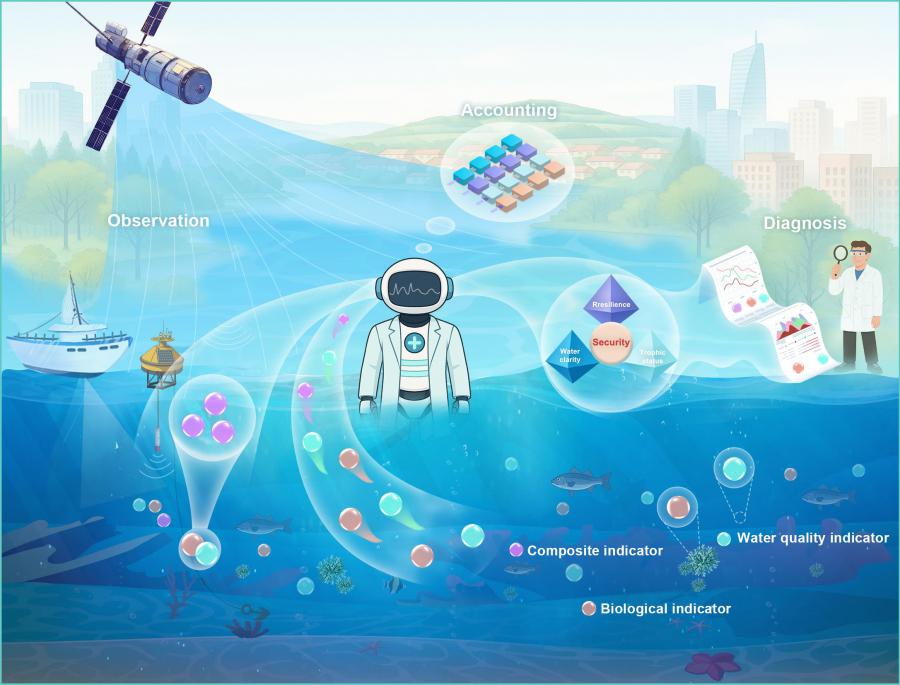
A research framework for water health clinical diagnosis system in China
GA, UNITED STATES, July 8, 2025 /EINPresswire.com/ -- Water ecological health is crucial for sustainable ecosystems and human well-being. However, China's complex water environments present significant challenges for precise health assessments. After analyzing global water ecological practices, Wenqing Liu's team identified specific challenges to China's water ecological monitoring and assessment, including cognition, observation, and analysis gaps.
The ecological health of water is crucial for sustainable ecosystems and human well-being. In China, however, the complex water environment present challenges for precise health assessments. To that end, a research team in China proposed an assessment framework that integrates water quality and ecological indicators to shape a clinical diagnosis paradigm. The framework incorporates assessments of trophic status, water clarity, and ecosystem resilience to enhance the ability of evaluating water ecological health.
Additionally, the authors recommended strengthening stereoscopic monitoring networks using environmental optics to improve monitoring effectiveness. "Our method incorporates self-adaptive capacity, which enables the rapid detection of deteriorating water quality or emerging health threats while optimizing the diagnosis process through bidirectional grading," explains senior author Wenqing Liu. "Upon detecting anomalies, the system can swiftly and precisely diagnose the type, severity, and key driving factors."
Taken together, the teams findings, published in Water & Ecology, enhance the systematization and objectivity of traditional approaches. Going forward, the authors note that it will be crucial to identify methods for combining and integrating technologies, as well as establish optimal operational modes for different water bodies and research objectives.
References
DOI
10.1016/j.wateco.2025.200004
Original Source URL
https://www.sciengine.com/WE/doi/10.1016/j.wateco.2025.200004
Funding information
This study was funded by the National Key Research and Development Program of China (Grant NO. 2021YFC3200100; 2022YFC3103901), the National Natural Science Foundation of China (Grant NO. 62375270; 52270094), the Major Science and Technology Project of Anhui Province (Grant NO. 202203a07020002), the Hefei Comprehensive National Science Center Research Team Construction Project (Grant No. HYKYTD2024004), the Major Science and Technology Projects of Anhui Province's Innovation Platform (S202305a12020004), and the Ecological Environment Research Project of Anhui Province (2023hb0012, 2023hb0011,2024hb012).
Lucy Wang
BioDesign Research
email us here
Distribution channels: Environment, Science
Legal Disclaimer:
EIN Presswire provides this news content "as is" without warranty of any kind. We do not accept any responsibility or liability for the accuracy, content, images, videos, licenses, completeness, legality, or reliability of the information contained in this article. If you have any complaints or copyright issues related to this article, kindly contact the author above.
Submit your press release
